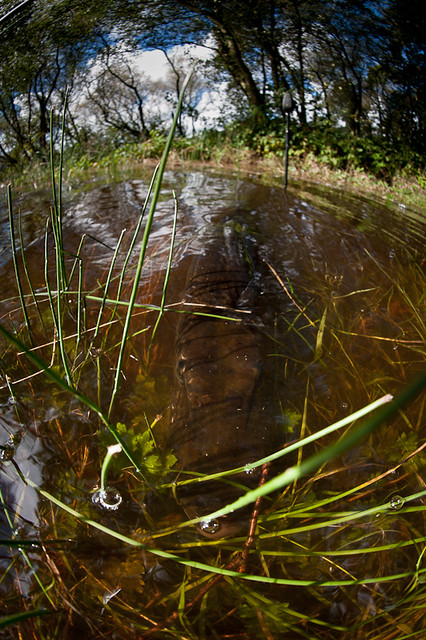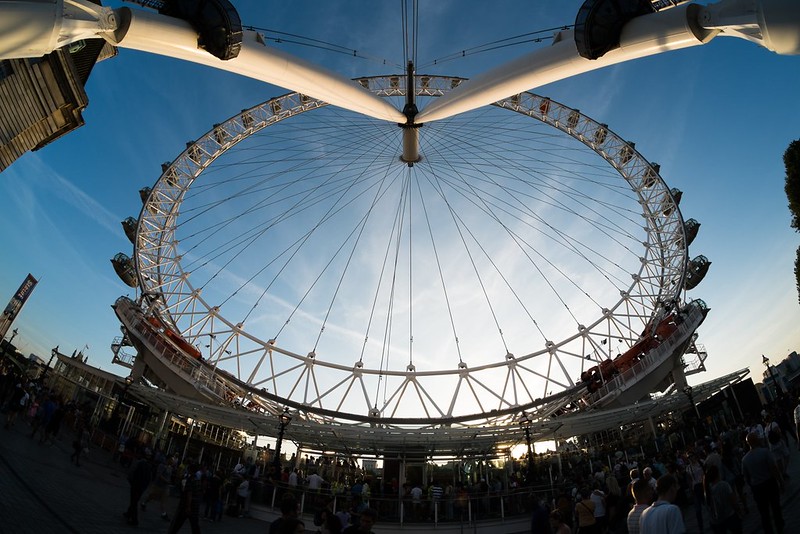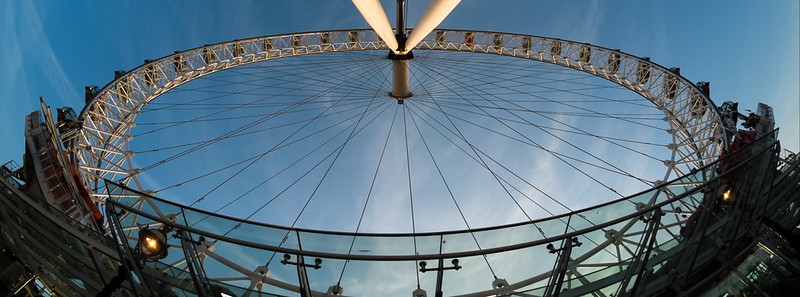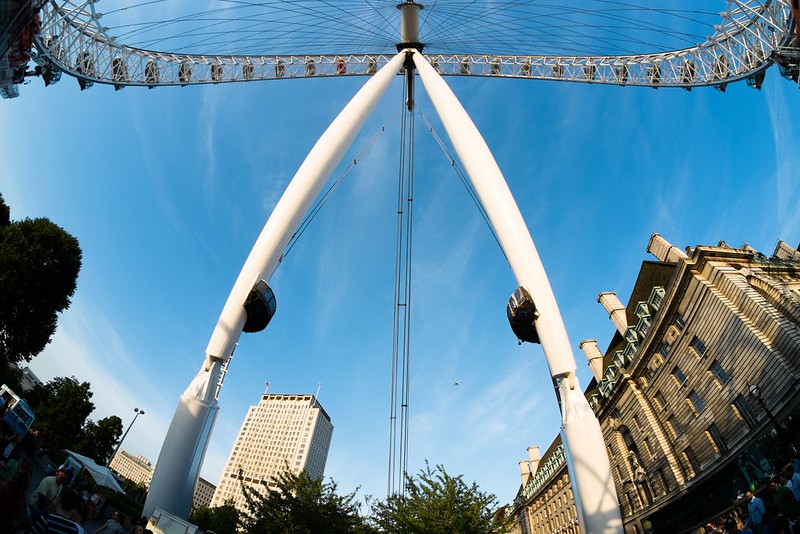Samyang are a bit careless with the calibration of the focus end stop screws. It looks as though the lens is provided with a lot of focus adjustment play, perhaps for the end stop screws to adjust to different flange to sensor distances of the different camera mounts. Luckily these screws are easily available for user adjustment when you peel back the rubber covering at the end of the lens, a thick peel back cover provided for that adjustment purpose. Most people simply adjust these to give a correct infinity focus for their camera and leave it at that. But some ingenious people have discovered that you can if you like adjust the lens so that it will focus down very close indeed, some say as close as touching the lens. A fish eye macro! Some change the adjustment when they want to make a very close shot and then change it back. Some make the compromise of pulling the focus range in a bit so that infinity isn't real infinity, but hyperfocal infinity at their preferred max aperture.
The lens has such a wide depth of focus that it's rather hard to decide where the critical focus position is. I find it's best to stop down a little (it's a manual stop lens) to increase the sharpness to make the range of best sharpness more easily visible. It helps a lot if your camera has an LCD which can magnify the image or which can do focus peaking. You won't see a critical point due to the fisheye DoF , you'll see a range, so you aim for the middle of the range.
It's not something to get fussed over. It's an easy adjustment if you have tiny jeweller's screwdrivers, so it's not a problem if you get it wrong and have to redo it. It's much less of problem if you decide you don't care if the focus distance scale on the lens is wrong.
The question of its unusual perspective projection is interesting. Most lenses try to be linear in projection, which means that straight lines in the world are represented as straight lines in the image. That's what a pinhole camera "lens" does. A problem arises with that projection in wide views, which is that circles and balls start looking a bit weird and stretched near the edges of wide images, and people near the edges of group shots look fatter the nearer the edge they are. It's also difficult to make perfectly linear wide angle lenses, they tend to suffer from some barrel distortion. The simplest ways of correcting that tend to produce moustache distortion, which is either linear or very slightly pincushioned in the middle, and has a sudden droop into barrel at the extreme edges. That gives an optically better linear lens than an uncorrected one, which some people prefer, but one which is more difficult for simple minded software to correct to perfect linearity, which others prefer. Reviewers of wide angle linear lenses sometimes have strong and contrary opinions on this. The advent of cameras which can do in-camera lens geometry corrections (in ex-camera jpegs) to perfect linearity, with lenses designed to be corrected, i.e. designed to be imperfect but easily corrected in software to linear perfection, has complicated this philosophical issue.
A fish-eye lens is a way of avoiding the visual perspective oddities of wide angle linear perspective projection. It does this by aiming at preserving angles instead of straight lines. In other words, everything that the lens sees that is one degree apart in viewing direction ends up the same linear distance apart on the flat image. That curves off-centre straight lines, the more the nearer the edges, but has the advantage for group shots of not making the people at the edges fatter. But in order to get them all looking the same height you have to arrange the group not in a line, but in an arc of equidistance from the camera.
Once again this is difficult to do perfectly in a fisheye lens, and fisheye lens designers have chosen a variety of simpler to make near approximations to equiangular projection. I've never bothered to learn the complexities of projective geometry, but the impression I get is that the unusual fisheye proection of the Samyang has used new computer based lens design and manufacturing processes which has enabled them to get closer to a perfect equiangular projection. The difference in appearance is that it's a bit less extreme in its fishiness -- less exaggeration in the middle, less of the giant nose effect in a fish eye face closeup. It has the advantage also of losing less resolution when you defish it in the direction of linearity, which is a handy way of using a fish eye lens to get the effect of a wider linear lens than you've got, or indeed than anyone actually makes. That's sometimes best done by partial defishing, i.e. by leaving in some barrel distortion.
Note that there's a third kind of perspective projection easily available to us photographers: cylindrical projection. That's what you get with a panorama. It's linear in the vertical dimension, and equiangular (fish-eye) in the horizontal. That's often a preferable and higher resolution way of getting a wider view than a wide fisheye. That many cameras, (including some of the more innovative high quality exchangeable lens camera makers) now offer the option of doing a hand-held in-camera panorama has reduced the need for carrying a fisheye for those occasional rare emergencies when you want a wider linear looking view than your widest linear lens can supply.


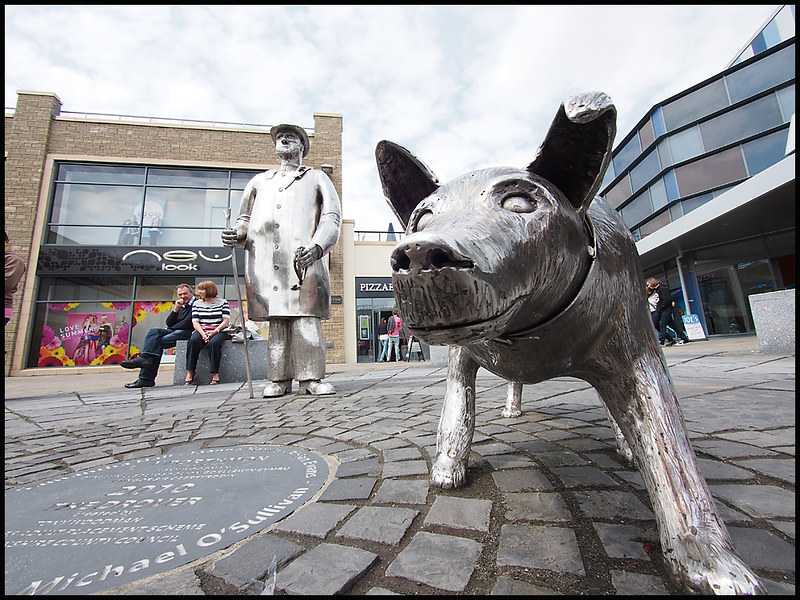 P5190172-RS
P5190172-RS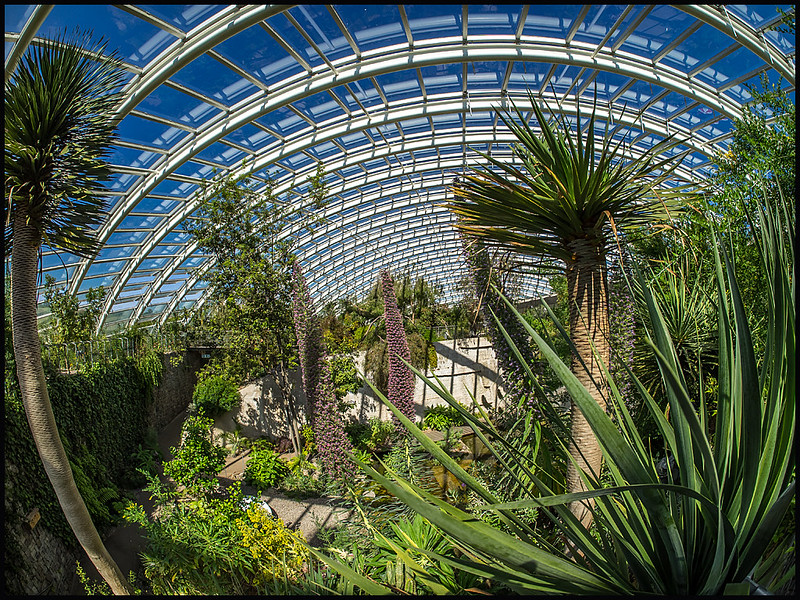 P6100761-RS
P6100761-RS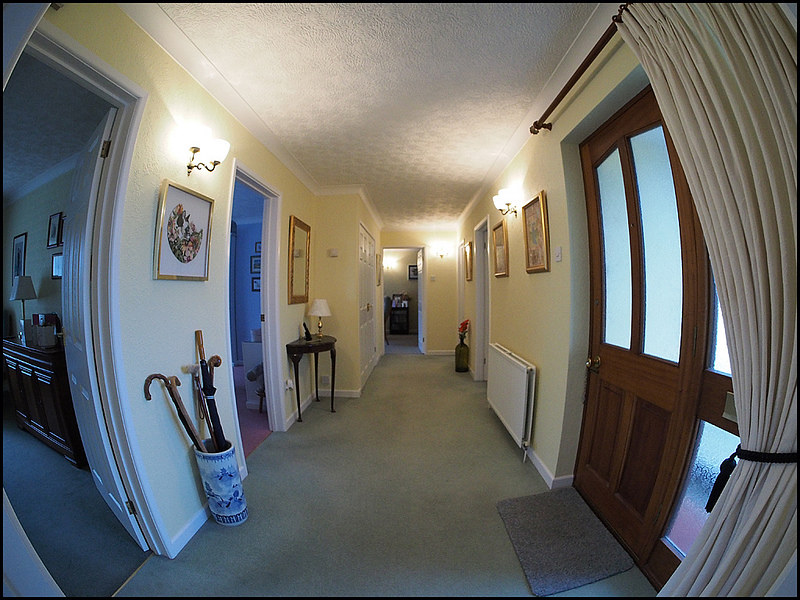 11477336673_dc664e1bdb_c
11477336673_dc664e1bdb_c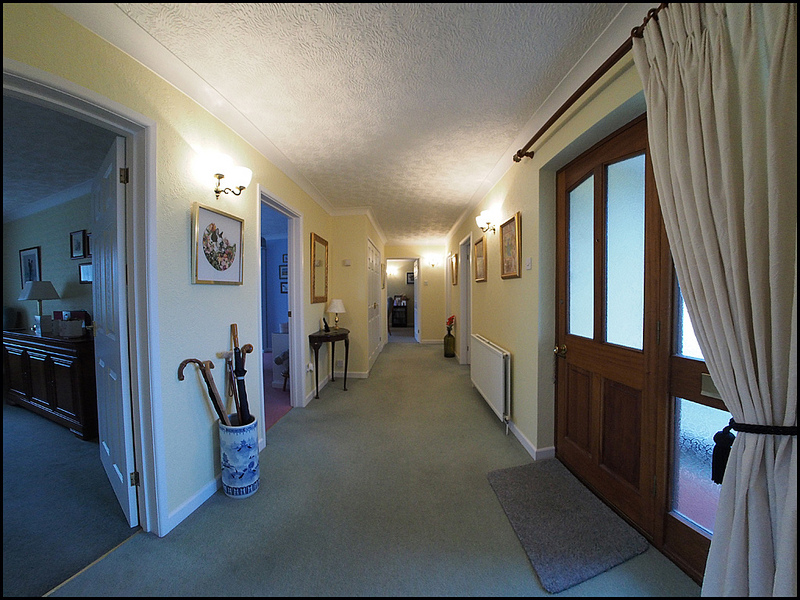 11477216464_de6b6c81bb_c
11477216464_de6b6c81bb_c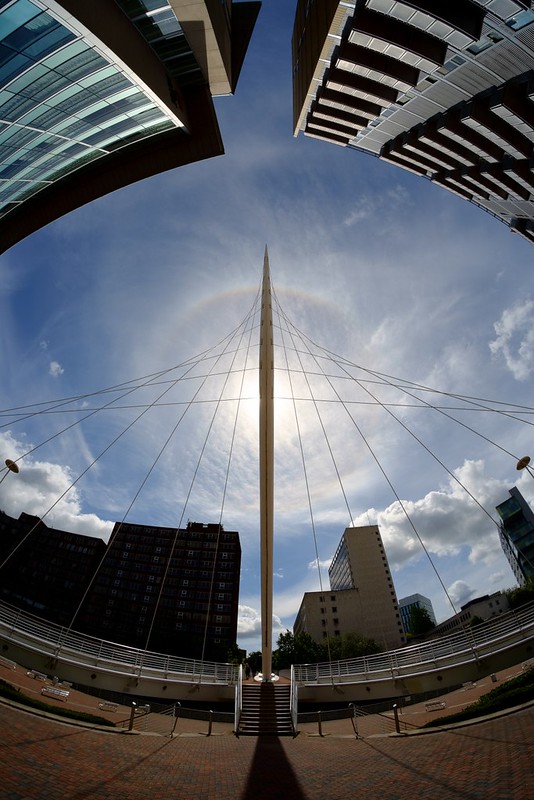


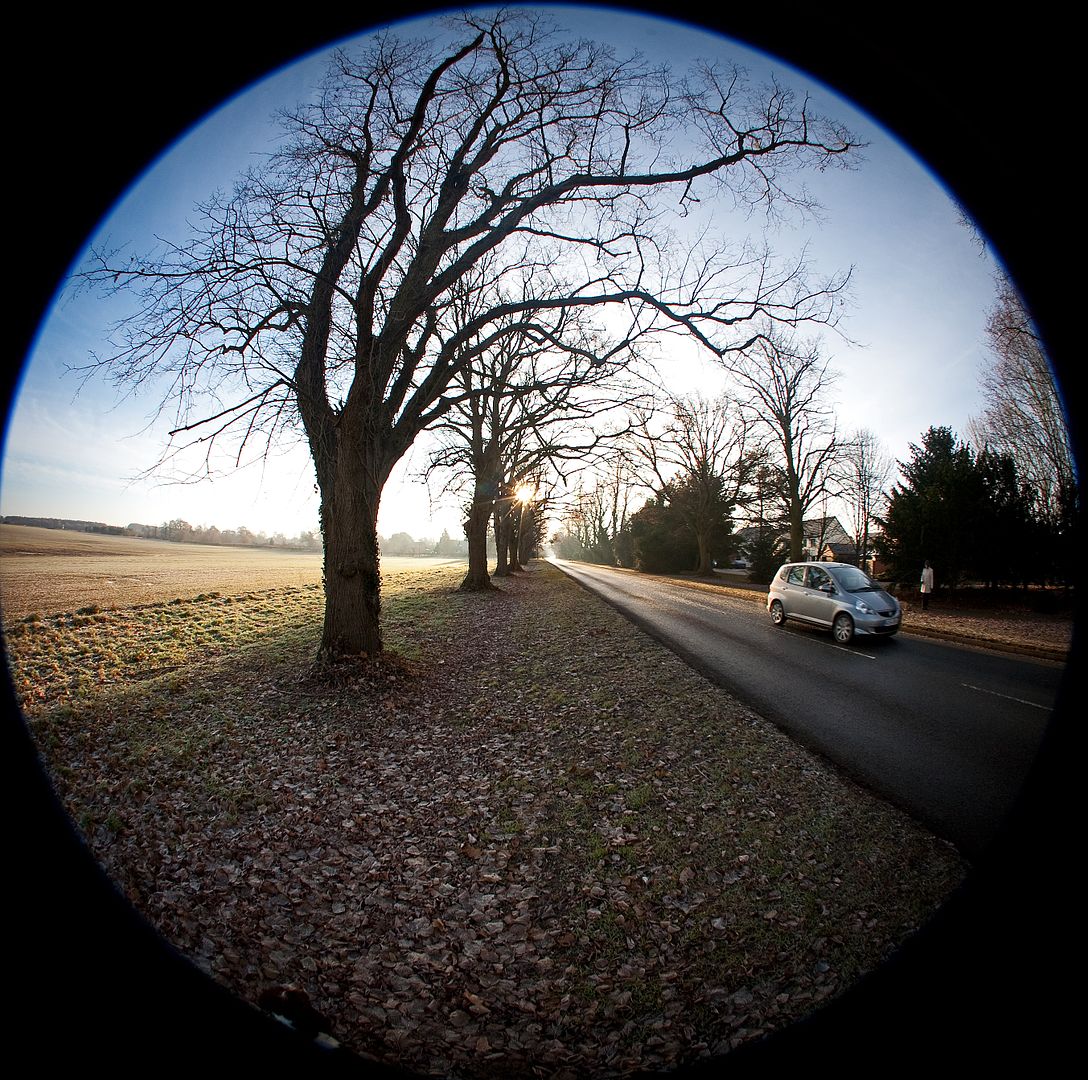
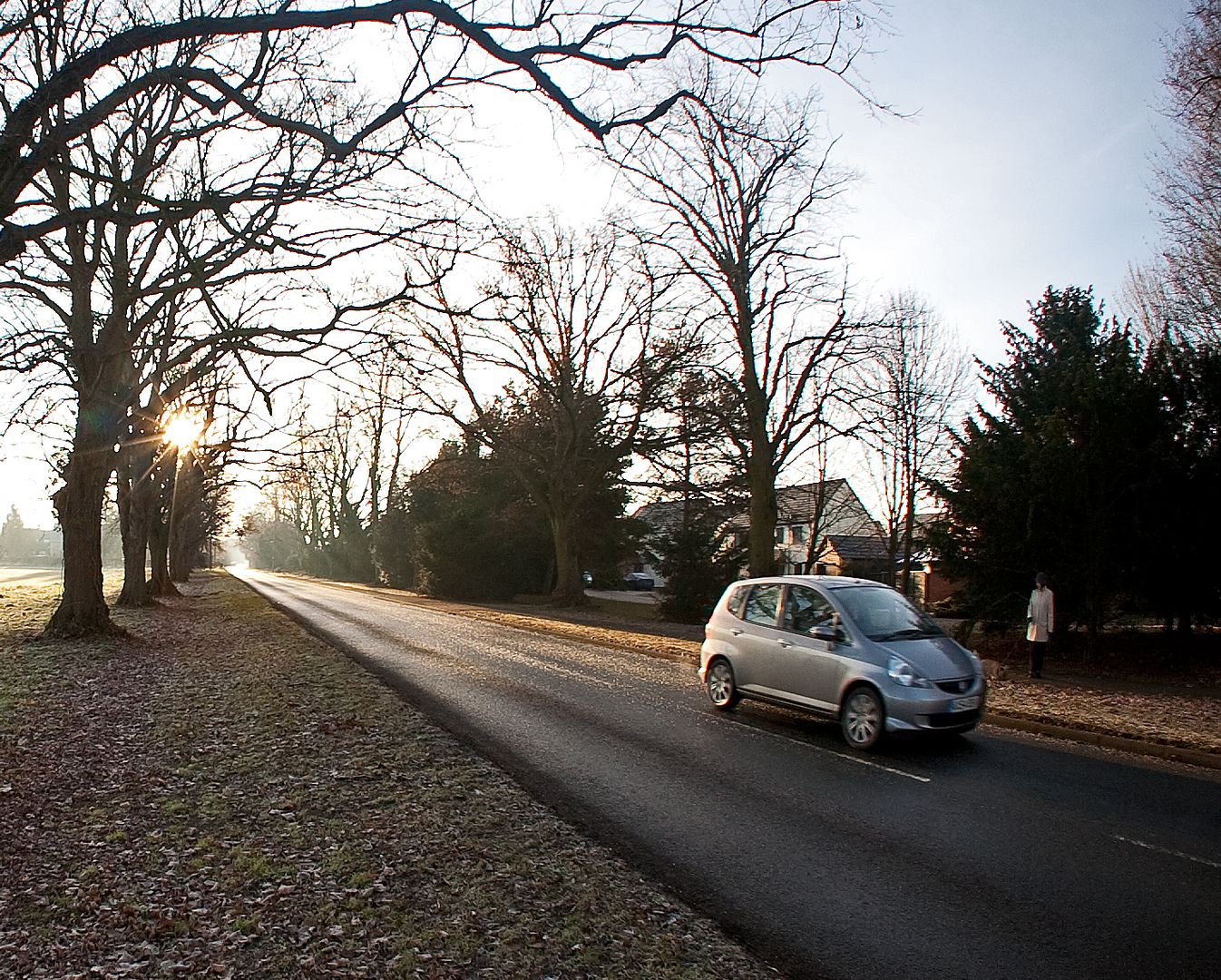
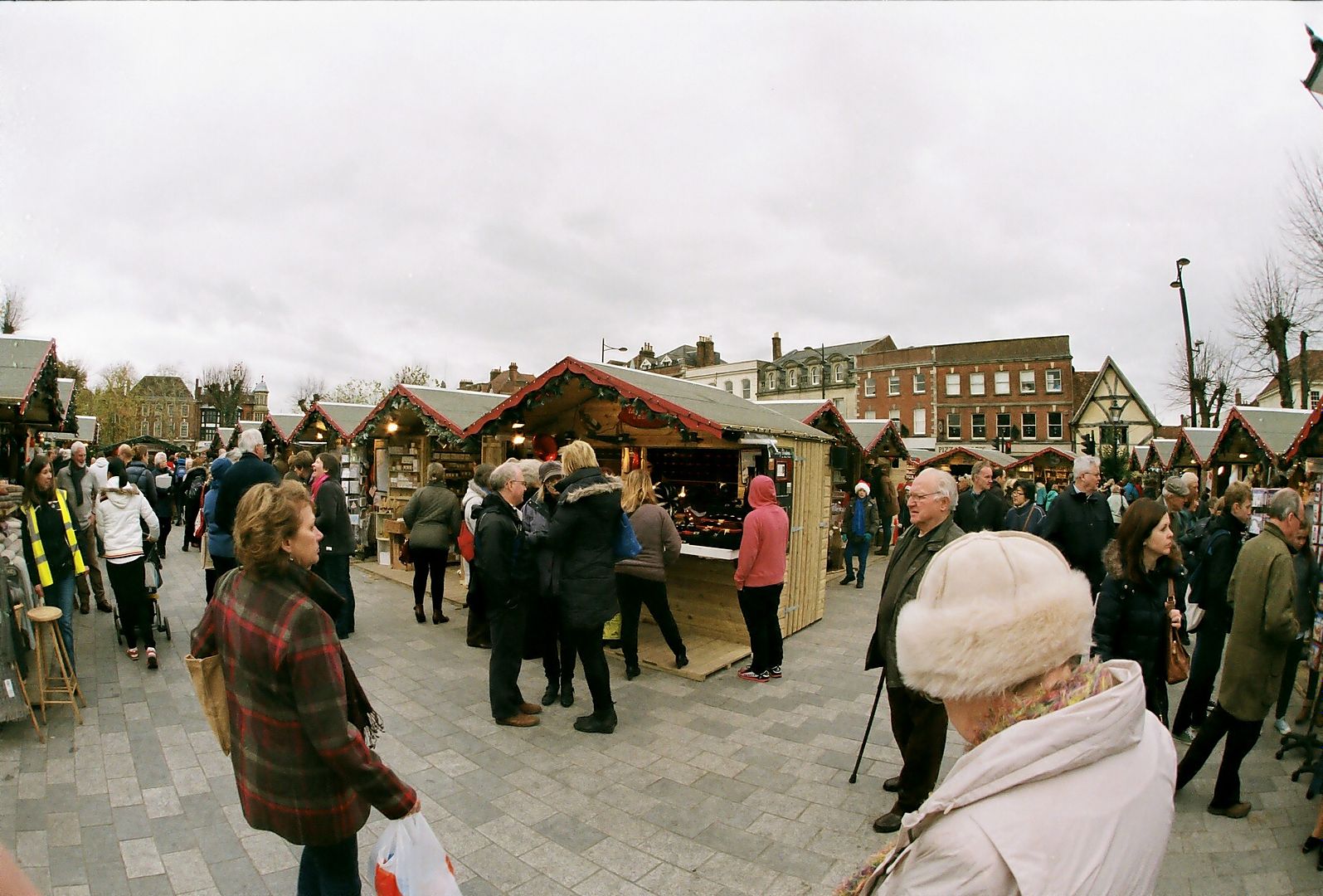
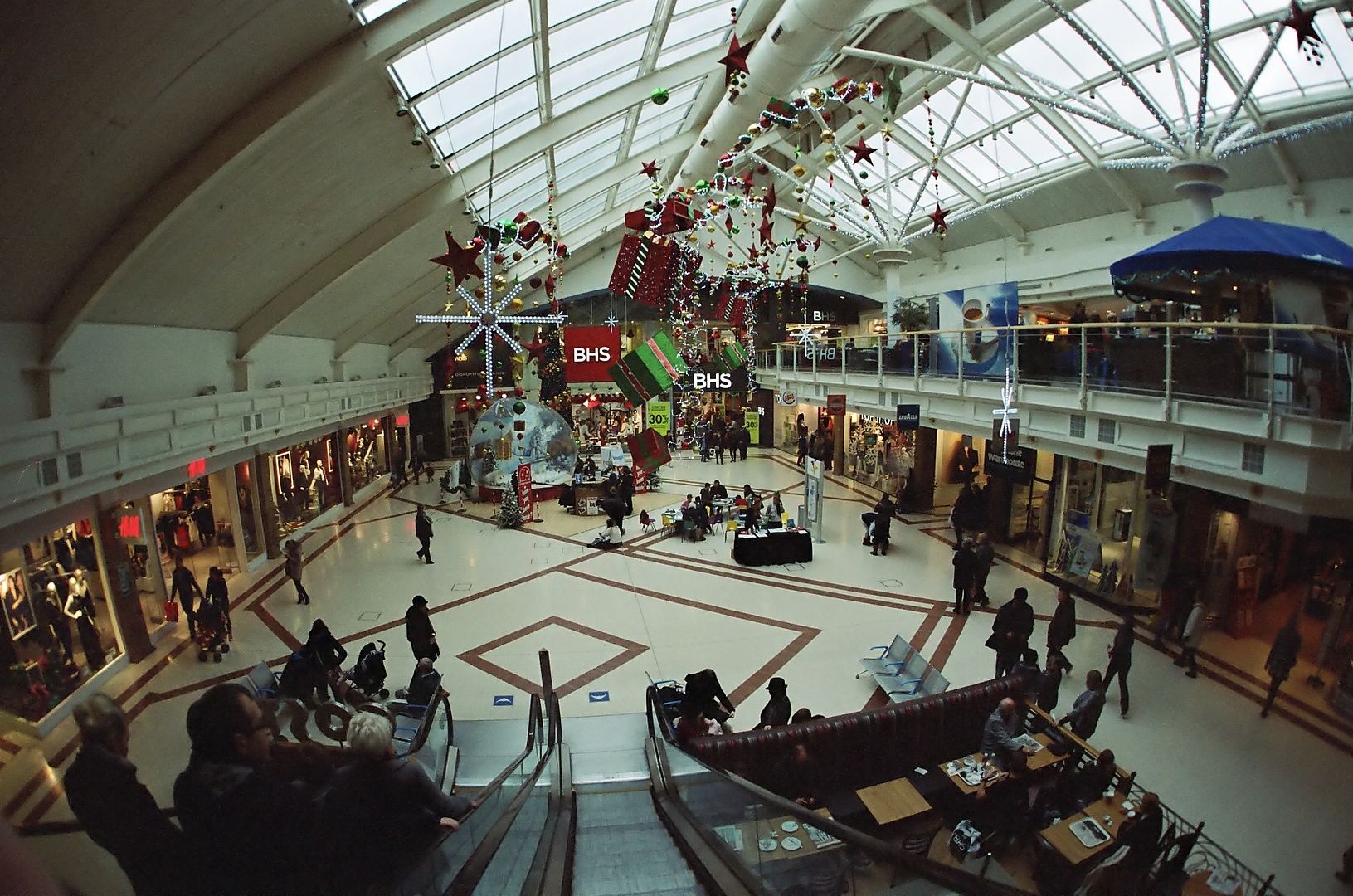



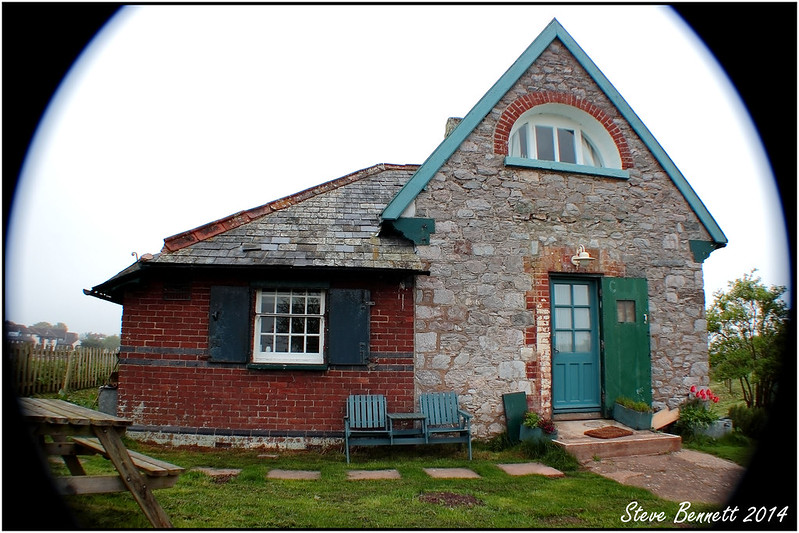 Semi Fisheye 02
Semi Fisheye 02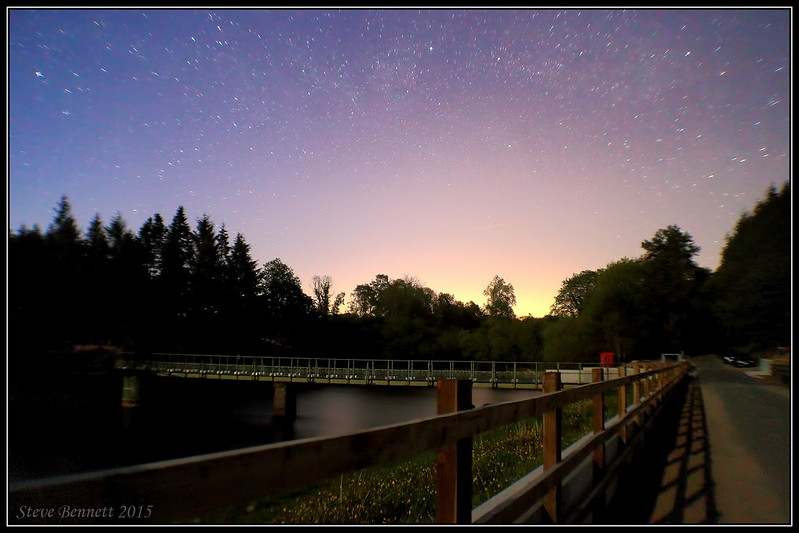 Glow Behind The Trees
Glow Behind The Trees